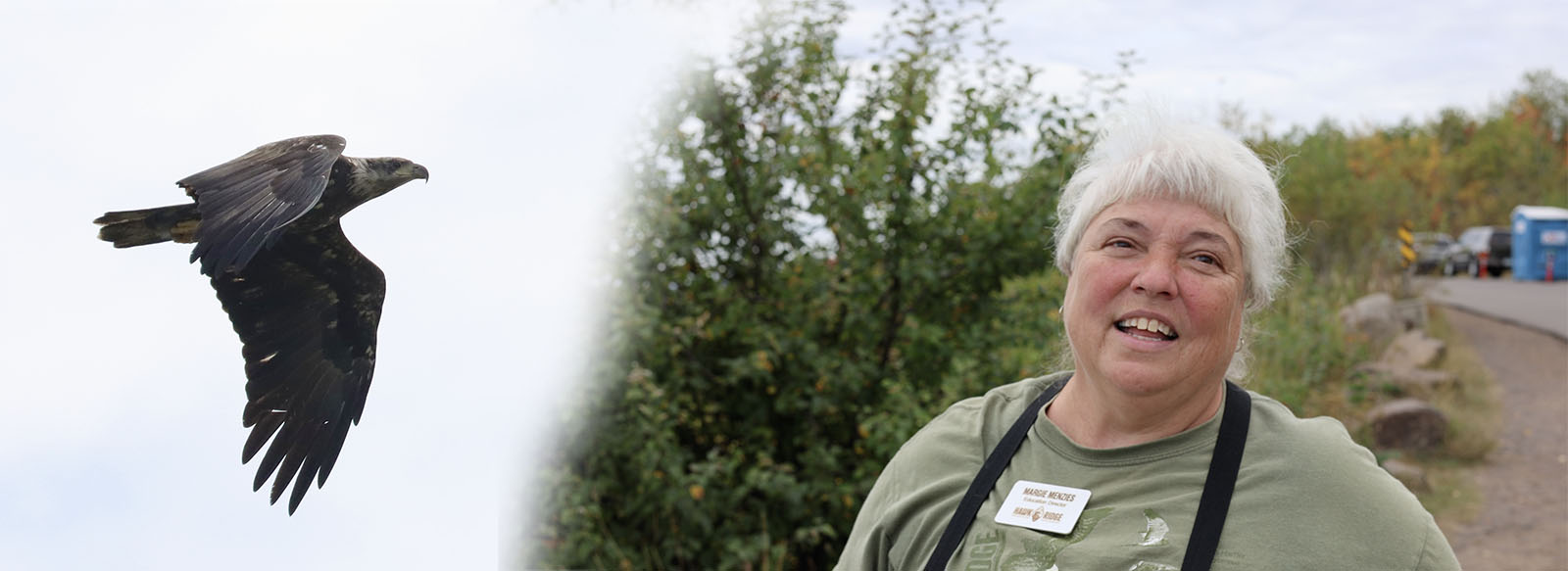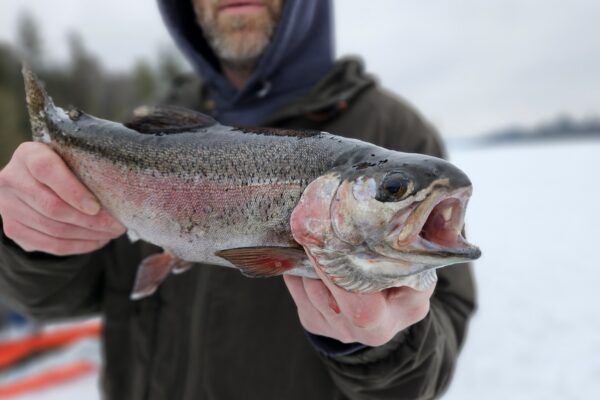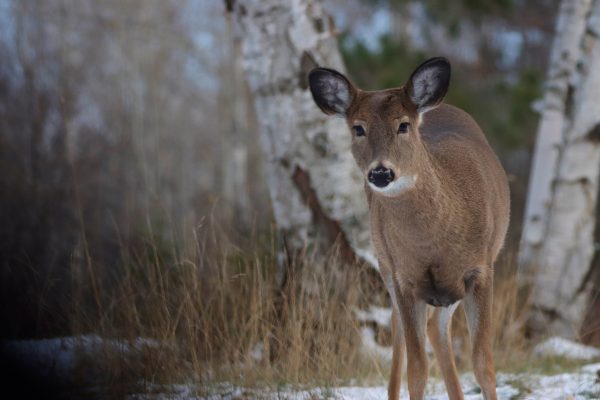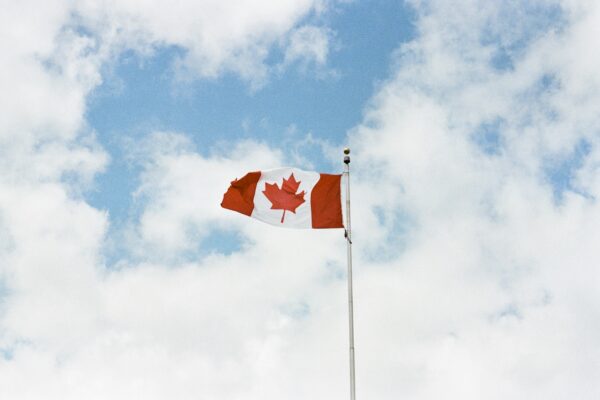Fall bird migration at Hawk Ridge
Margie Menzies, education director at Hawk Ridge Bird Observatory in Duluth, talks to WTIP about why Hawk Ridge is such a unique place to witness the fall bird migration.
“Each year 3-5 billion birds leave the boreal forest to head south.,” says Menzies. “They funnel right through here. I always tell folks that where we are, right here on the edge of Lake Superior, is the U.S. beginning of the Mississippi Flyway. The Mississippi Flyway is the big one as far as North American flyways.”
Hawk Ridge is one of the best places in the world to see migrating American Goshawks and Bald Eagles. Daily bird counts are posted on the Hawk Ridge web site through October 31.
Some species migrating along the North Shore are traveling incredible distances, such as the Peregrine Falcon. “Those guys will migrate all the way from the Arctic to the Antarctic every year,” says Menzies, adding that not all Peregrines travel long distances. “The ones that are local here in Duluth, these days they’re pretty much sticking around and not migrating, and staying through the winter because there’s plenty of pigeons. Food is readily available. Why migrate if you don’t have to?”
Birding is something anyone can do, and Hawk Ridge works with partner organizations to promote the accessibility of birding through Everyone Can Bird events. American Sign Language interpretation is provided. Fifteen pairs of binoculars are available for use, along with a spotting scope, a wheelchair mount for binoculars and portable seating. The final Everyone Can Bird event of 2024 is October 12 at Hawk Ridge Bird Observatory.
“It’s not just physical mobility that we want to make accessible, we also want to make it accessible to people who are traditionally underrepresented in outdoor pursuits, particularly lower income areas,” says Menzies. “All are welcome.”














